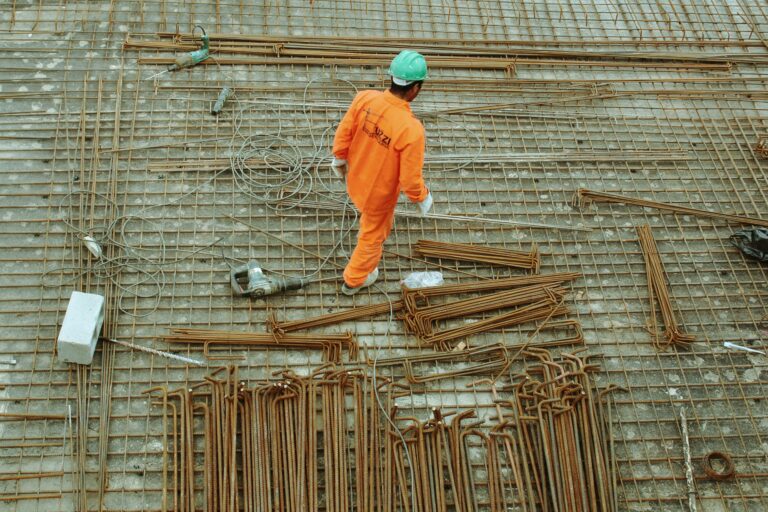Australia continues to provide rewarding pathways for skilled migrants who choose to live and contribute to regional communities. One such opportunity is the Subclass 191 Visa (Permanent Residence – Skilled Regional), designed to support the government’s ongoing regional migration strategy. This permanent visa is the next step for those who have lived and worked in designated regional areas on a qualifying provisional visa.
What is the Subclass 191 Visa?
The Subclass 191 visa is a permanent residency visa for individuals who have held a qualifying regional provisional visa and lived, worked, or studied in designated regional areas of Australia. Introduced on 16 November 2022, this visa complements the earlier Subclass 491 (Skilled Work Regional – Provisional) and Subclass 494 (Skilled Employer Sponsored Regional – Provisional) visas.
Who is Eligible?
To qualify for the Subclass 191 visa, applicants must meet the following core requirements:
- Hold an eligible visa (Subclass 491 or 494).
- Have lived, worked, or studied in a designated regional area while holding that visa.
- Provide three Notices of Assessment from the Australian Taxation Office (ATO) for relevant income years.
- Have complied with all visa conditions, including those relating to regional residence, employment, and character.
- Have complied with all visa conditions, including those relating to regional residence, employment, and character.
Key Benefits of the Subclass 191 Visa
- Permanent residency: Gain full permanent resident status, including access to Medicare and eligibility for Australian citizenship (subject to meeting requirements).
- No sponsorship needed: Unlike employer-sponsored permanent visas, the 191 visa does not require ongoing sponsorship.
- Freedom of movement: Once granted, you are free to live and work anywhere in Australia.
- Include your family: Eligible family members can be included in your application and receive permanent residency.
- Include your family: Eligible family members can be included in your application and receive permanent residency.
Clarifying the Eligibility, Income, and Residence Requirements
Since the visa’s introduction, there has been some confusion around its eligibility requirements— particularly regarding the “three-year” rule and what counts as a relevant income year. Here’s a clear breakdown.
If you’re currently on a 491 visa and preparing for your next steps, be sure to read our detailed guide to transitioning from Subclass 491 to 191, where we break down eligibility timelines, income year rules, and practical examples.
Time of Application
To be eligible, you must have held your regional provisional visa (Subclass 491 or 494) for at least three years before applying for the Subclass 191 visa to meet the validity requirement. This means the visa must have been granted at least 36 months prior to the date your application is lodged.
Example:
Annie was granted a Subclass 491 visa on 1 April 2022. She will become eligible to apply for the Subclass 191 visa after 1 April 2025.
Relevant Income Years
Applicants must provide three Notices of Assessment from the ATO for income years in which they held a regional provisional visa. The legislation defines a relevant income year as follows:
An income year is a relevant income year for an applicant if:
a) the income year ended before the date of application; and
b) the applicant held a regional provisional visa for all or part of the income year.
Even holding the visa for a short time during an income year qualifies it as relevant.
Important:
There is no minimum income threshold for the Subclass 191 visa. You are only required to submit the ATO Notices of Assessment to meet this requirement.
Example:
Continuing Annie’s case—her visa was granted on 1 April 2022, which falls within the 2021–2022 financial year. Though she held the visa for only three months that year, it still counts as a relevant income year. If she applies on 1 April 2025, she can use Notices of Assessment for:
- 2021–2022
- 2022–2023
- 2023–2024
Residence Requirements
Another key criterion is compliance with the conditions of your provisional regional visa, particularly Condition 8579. This condition is designed to ensure that regional visa holders maintain a genuine connection to regional Australia.
Condition 8579 requires visa holders to live, work, and study only in designated regional areas while in Australia. However, this does not mean you are confined to those areas at all times. You are free to travel outside regional zones for holidays, work-related events, or training. What matters is that your main place of residence, employment, and study remains within a designated regional area throughout your provisional visa period.
Ready to Take the Next Step?
The Subclass 191 visa represents an important opportunity for skilled migrants committed to building a future in regional Australia. If you have questions or want to ensure your application is on the right track, schedule a immigration consultation today. We’re here to help you take the final step toward permanent residency with confidence.
Our qualified Melbourne Immigration Lawyers bring years of specialised experience to guide you through this important transition. We ensure your application meets all criteria and help you achieve your permanent residency goals with the expertise and support you deserve.
Author
Calvin Augustine is the founding solicitor of Augustine & Co. Immigration Lawyers. He graduated with Honors from the University of London law school, before being admitted to practice in Malaysia and Australia (admitted in SA, appears in all Victorian Courts and Tribunals, at trial and appellate levels).
- Calvin Augustinehttps://augustineandco.com/author/calvin/
- Calvin Augustinehttps://augustineandco.com/author/calvin/
- Calvin Augustinehttps://augustineandco.com/author/calvin/
- Calvin Augustinehttps://augustineandco.com/author/calvin/




